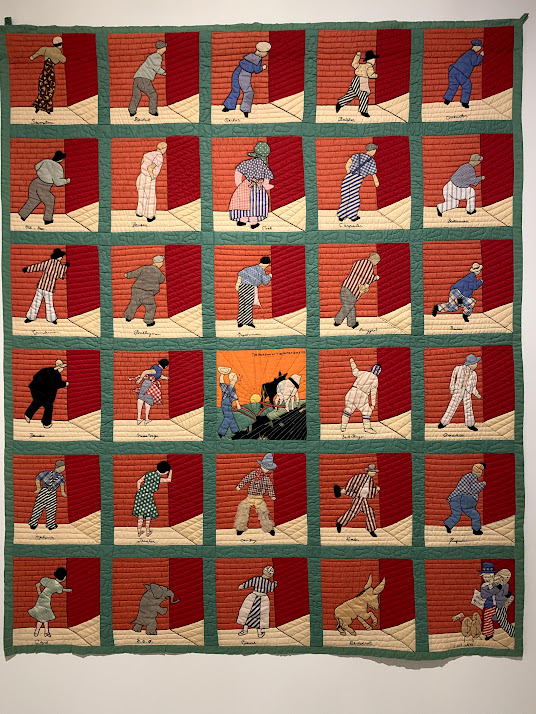Rhyme is the repetition of sounds. As previously noted, alliteration is a form of rhyme. However, when most people think of rhyme, they think of end rhyme. While end rhyme has fallen out of favor in poetry, it's never fallen out of favor in songs, and it's an absolutely vital element of rap. In fact, a well-known term for rap battles and freestyle rapping is "dropping rhymes."
If we're to be honest, the only place where rhyme has lost favor is among academics who study poetry. Your average person loves rhyme. That's why songs and rap continue to be full of rhymes.
For a rhyme to be an end rhyme, it not only has to be found at the end of a line (which is, after all, why it's called an end rhyme), but it has to rhyme on the stressed syllable. If it only rhymes on the stressed syllable, it's called a masculine rhyme; if it rhymes using both the stressed and a following unstressed syllable, it's called a feminine rhyme.
- Masculine -- thick / quick
- Feminine -- thickly / quickly
Of course, one can get really playful with one's rhyme and have three or even four syllables rhyming.
However, there are a few "rhymes" that aren't actually rhymes. For example, stick and stick don't rhyme. They don't rhyme because they are the same word. A word rhymes only if it has part of the same sound(s), not if it is literally the same word in sound. Also, a stressed syllable doesn't rhyme with an unstressed syllable. The word three doesn't rhyme with quickly, for example.
There are many kind of rhyming patterns (or schemes) you can use. We use letters to designate pattern. For example, if you have a ABAB rhyme pattern, the first line has to rhyme with the third line, and the second line has to rhyme with the fourth.
Here are some popular rhyme schemes:
- Couplets -- AA
- Triplets -- AAA
- Alternate rhyme -- ABAB
- Enclosed rhyme -- ABBA
- Simple four-lined rhyme -- ABCB
In addition to these would be the mono rhyme, where each line has the same rhyme.
Of course, there are also different forms that rely on very specific rhyme schemes, such as the Petrarchan sonnet, the Shakespearean sonnet, the villanelle, the terza rima, the ballade, the ruba'i, and the limerick, among others.
While I'll be talking about both kinds of sonnets, the villanelle, the ballade, and the limerick later, because they have other features beyond rhyme, I will note that the terza rima and the ruba'i are primarily just particular rhyme schemes:
terza rima -- ABA BCB CDC DED EFE FGF
ruba'i -- AABA
Note that the terza rima is a particular rhyme scheme because it is interlocking. The central end word becomes the first and third rhymes of the next triplet. Thus, the poem is partly driven by the interlocking rhymes.
The ruba'i can either stand as a single quatrain poem, be a series of similar quatrains, or be interlocking as well--AABA BBCB CCDC, etc. When it's a series, it's called a rubaiyat.
One of the interesting things about using end rhymes is that, because you are forced to fit the rhyme, you are oftentimes forced to find something more interesting than what we originally came up with. Sometimes, it can send the poem into unexpected directions. A lot of people don't like this, because they want to feel like they are in complete control over the work. But that's the wrong attitude to have when it comes to writing poetry.
Rhyme allows you to both create the expected--the rhyme--with the unexpected in the question of what particular word will rhyme. And when it forces you, as a writer, to do somewhere other than where you thought you'd be going, it results in a combination of the expected and the unexpected in the very themes and topic of the poem. Anytime you can create a balance between the expected and the unexpected, you're going to be writing a better work than if it was all completely expected (boring) or completely unexpected (confusing).
Rhyme is one of those constraints that can make your poem more interesting and artistic.

No comments:
Post a Comment